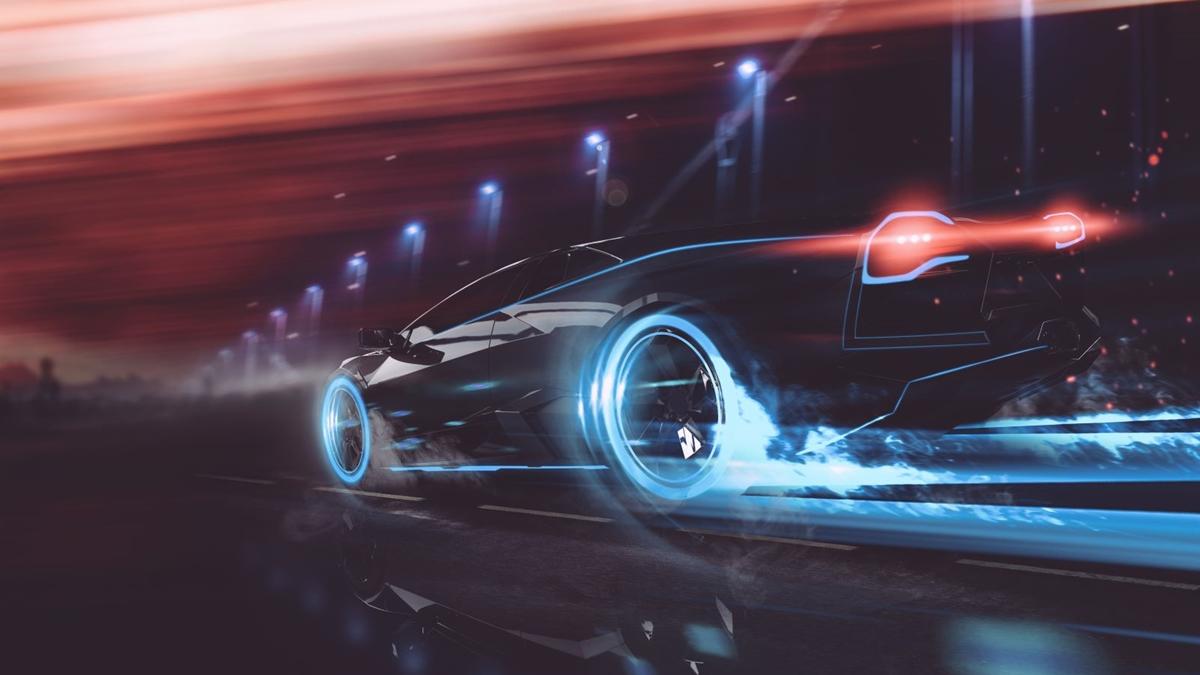Shifting the Future of Automotive Industry to Top Gear with IoT and 5G
By Janet Ooi | Iot Industry and Solutions Marketing

Imagine a world where your car helps with your day-to-day schedule. It observes your work calendar, detects that you have a meeting scheduled for 8:00 am and checks the traffic situation for the best route to the office, just to make sure you won’t be late. Your car can send a reminder to your phone or smartwatch to remind you of your meeting, as big data in the cloud crunches information to derive the ideal time when you should leave your house via a prompt to your phone – your virtual connected car valet service! Don’t think this is possible? Times have changed. The automotive industry can no longer disregard the significance of IoT. From connected cars to smart transportation systems, IoT is helping the automotive industry build next-generation vehicles.
The combination of a wide variety of advanced technologies is paving the way for the connected car ecosystem.
- Sensors, including optical sensors, radio detection and ranging (RADAR), light detection and ranging (LIDAR)
- Information systems that integrate automotive Ethernet networking, powerful signal processing, high definition (HD) mapping with high precision navigation, and artificial intelligence (AI)
- Communication for vehicle-to-vehicle (V2V), vehicle-to-network (V2N), vehicle-to-infrastructure (V2I), vehicle-to-pedestrian (V2P), vehicle-to-utility (V2U), and eventually, vehicle-to-everything (V2X)
When we combine technologies like 5G wireless connectivity and the Internet of Things (IoT), we can develop new capabilities and applications for the automotive industry. 5G propels the automotive industry forward. It features enhanced mobile broadband (eMBB), ultra-reliable low-latency communications (URLLC), and massive machine-type communications (mMTC).
The acronyms might sound overwhelming — so let’s break down each of these features to see how it can meet the needs and wants of the future connected car.
- 5G will be super fast with eMBB. With 5G reaching 10 Gigabits per second, it is up to 100 times faster than the 4G network. It will be able to support richer media data and interactivity with 3D videos and augmented reality (AR)/ virtual reality (VR).
- Communications will be almost instantaneous with URLLC. There will be a very little delay — 1 to 5 milliseconds on a 5G network, as opposed to 20 milliseconds of our current 4G networks. For autonomous vehicles, it will mean an almost real-time latency, providing users with safety information even before it might be visible.
- Connect a great number of devices, reliably with the mMTC feature. A large number of cars will be able to exchange information that can be used for traffic control or to warn drivers of dangers.
Still not sure how all these will help transform your driving experience in the near future? Here are the five ways the technologies can transform your driving experience:
1. Predictive maintenance
Predictive maintenance identifies vehicle issues before they happen. In-vehicle sensors will monitor the vehicle’s battery, fuel pump, and starter motor to collect and transmit performance data to a cloud server. Combining this data using artificial intelligence (AI) and additional vehicle data stored in the cloud will predict potential maintenance issues that might be difficult to diagnose using regular data from previous repairs. Mechanics will use predictive data analytics to deliver recommendations to the drivers via the vehicle or a connected device. V2C communications will enable over-the-air software updates and remote diagnostics. Drivers can take proactive steps in maintaining the vehicle to avoid possible failure while driving.
2. Advanced infotainment
The infotainment system is a collection of systems that delivers entertainment and vehicle data to the drivers and passengers for a safe and comfortable drive. It integrates interacts with other in-vehicle and external systems, such as an integrated head unit, connectivity modules, and integrated automotive sensors. Manufacturers are integrating AI, AR, and VR capability for a more immersive in-vehicle infotainment experience.
3. Telematics and fleet management
Telematics refers to the long-distance transmission of computerized data. Automotive telematics systems can track real-time details of the vehicle like speed and idling, fuel usage, tire pressure, vehicle status, and more. The temperature-controlled transport industry uses data to help fleet managers optimize travel routes, reduce operational expenses, increase fleet security and driver safety, and manage remote maintenance. Temperature monitoring with cargo sensors will maintain the correct temperature for perishable food — fruits, vegetables, dairy products, meat, and fish.
4. Traffic safety service
5G and IoT enable information sharing on traffic and road conditions among road users and pedestrians. The data collected from 5G-based infrastructure, 5G communication devices embedded in cars, and smart devices from pedestrians are stored in the cloud. Applications and systems that analyze the real-time data will warn drivers about hazardous road conditions and traffic congestion in real-time.
5. A sustainable future
Data collected from vehicles, pedestrians, and infrastructures can reveal a great deal about the city. City governments can use this data to create a greener environment – IoT-connected streetlights that will only turn on if pedestrians are detected in the vicinity; helping to divert traffic when there is traffic congestion to reduce CO2 emission. This will help the city save on electricity consumption.
The automotive industry will be among the first to benefit from 5G and IoT. Putting them together provides new capabilities and functionalities that will upgrade our future drive.

